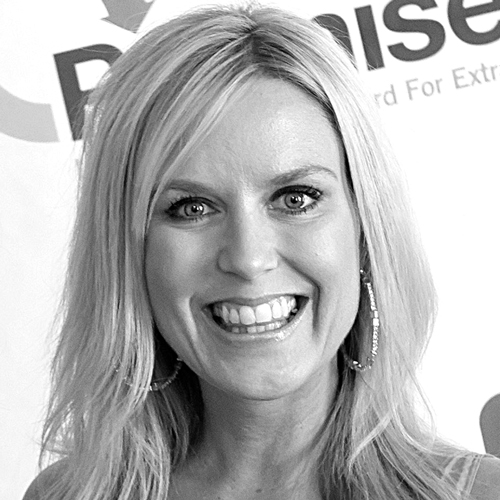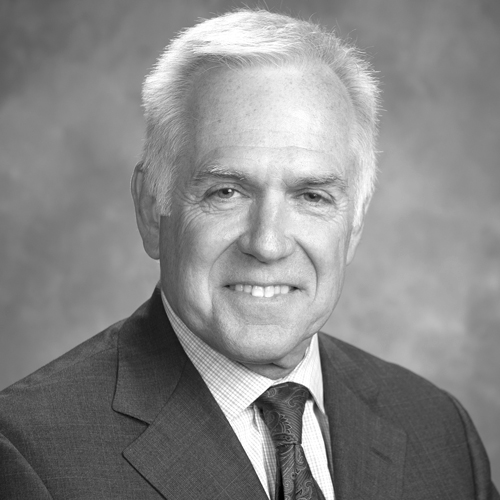Bill Feaster was studying computer science at the University of California–San Diego when the Vietnam War began to escalate. His low number in the draft lottery inspired his realization that he’d much rather fix people than fight them, so he decided on a new career and switched his major to premed biology.
It wasn’t until after completing medical school, two residences, and two fellowships, though, that he circled back to IT as he entered private practice in pediatric anesthesia and critical care at Children’s Hospital Oakland. In that first job out of residency, Feaster couldn’t help but notice the hospital’s lack of information systems. He turned his attention to the issue, and within four years, Oakland had installed its first system.
A few years later, Feaster shifted gears again to earn his MBA. He then moved to Sutter Health and spent six years practicing pediatric and obstetric anesthesia while directing its center for women and children services. His business knowledge was put to good use when he accepted a position at Community Medical Centers as senior vice president and chief medical officer, but after three-and-a-half years in full-time administration, Feaster was ready to get back to his patients.
Feaster accepted a position as a clinical professor of anesthesia and pediatrics at Stanford University School of Medicine, where his time was balanced between faculty practice and hospital administration. That complementary role gave him the opportunity to implement information systems and surgical IT support at the hospital, once again combining his love of technology and medicine. After ten successful years at Stanford, Feaster moved once more to accept a full-time IT position as CMIO at Children’s Hospital of Orange County (CHOC) in 2012.
CHOC’s mission is to nurture, advance, and protect the health and well-being of children, and its vision is to be the leading destination for children’s health by providing exceptional and innovative care. “We can’t provide exceptional care without the resources to do it, and that includes information technology,” Feaster says. By providing state-of-the-art IT, Feaster and his team support both the mission and vision of the organization, enabling the hospital to achieve its goals.
“Strategy is a team sport created in a participatory process with input from many.”
As CMIO, Feaster is responsible for assuring that clinical care is supported by IT through clinical information systems such as EMRs and analytics. He also spends a few clinical hours each week on his longtime specialty of pediatric anesthesia.
Feaster oversees a team of thirty-eight people—twenty-nine of whom focus on informatics, analysis, and clinical records, and ten who focus on analytics and interfacing with outside systems. But these days, Feaster is most excited about the team’s work around population health technologies.
One significant goal of CHOC’s current strategic plan is to provide a full continuum of care for children not only inside the hospital, but outside of it as well. This involves a pediatric care system including components such as financing, affiliated medical groups, and extended care management, in the community. The breadth of a system such as this is, in fact, the very definition of population health, and Feaster and his team have been working with partners and innovators to deliver it, including their creation of pediatric applications for Cerner’s HealtheIntent data platform.
“If you don’t know where you’re going, it’s sure hard to get there,” Feaster says. To that end, he has honed his skills in formulating and communicating strategy throughout his career. He and his team are responsible for the population health strategy at CHOC, and they all work together to stay focused on strategic goals.
“But strategy doesn’t come out of a vacuum,” he continues. “It’s a team sport, created in a participatory process with input from many.” Broad input casts a vision of what the future could be, cultivates major buy-in, and drives the team toward that future by developing multiple, smaller strategies along the way.
Imagining the possibilities of future care for children was the beginning of CHOC’s journey to population health, and much of those possibilities were based on new technology. “It’s important for technology to not drive strategy or operations, but support them,” he says. “Everything we do aims toward a shared vision.” Strategy is what guides Feaster’s team as they walk to the future; it makes sense of all their steps along the way.
Ultimately, Feaster’s personal goal is to combine his passions for medicine and technology and provide care for thousands of patients at a time by creating the most value in crucial areas such as population health. As an organization, CHOC is working hard to maintain the health of its community’s youngest population—keeping the healthy well, keeping the sick as healthy as possible, and doing its best to ensure that patients don’t need hospitalization again (though CHOC will be there with open arms if they do). “I can see that we’re making an impact on this area of medicine, and it’s exciting,” he says. “It’s what I’ve discovered is my calling, and I’m pretty happy about that.”

